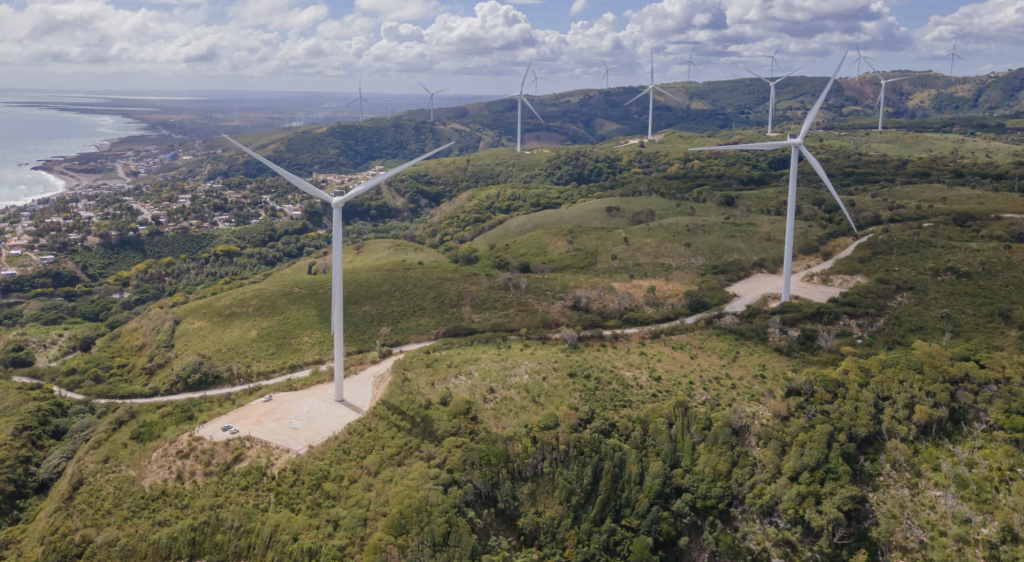
A report in Diario Libre on 17 April 2023 looks into the contrasting speed investors are installing renewable energies in the Dominican Republic and the delays in preparing the electricity transmission lines to distribute the power.
Diario Libre reports that the first wind power generation station was installed in 2011. Renewables are increasing the share of power generation in the country, reducing the dependency of the country on imported fuels.
Since then, now the national electricity power grid (SENI) carries power generated by 94 power centrals of which 42 are hydroelectric, 10 wind parks, nine solar powered parks and one powered by biomass. In 2023, 1,000 MW of solar energy will be added to the system.
Data from the Ministry of Energy indicates that 17 large solar power parks are under construction. Fourteen of these will be in operation this year.
Diario Libre points out that as of April 2023, the SENI had installed capacity for 5,073.39 megawatts. Of these 405 are from solar energy, 417 from wind energy, 623 from hdydroelectric power and 30 from biomass. These contributed 1,475 megawatts and by the end of the year, generation by renewables should reach 2,000 megawatts.
Margin Robles, administrator of the Empresa de Transmision Electrica Dominicana (ETED) that controls the power lines says: “Our transmission system is not structured to receive this large onset of renewables.” He said the Public-Private Alliance Agency (DGAPP) is assessing private initiatives for the design, construction, maintenance and funding of the high tension and substations that are necessary to reduce losses when transporting power. He says this would be an investment of RD$18 billion contracted for 30 years.
Diario Libre gave the grim news that given the transmission line losses, it is unlikely that the entry of the renewables will bring reductions in the power rates to consumers in the near future.
Read more in Spanish:
Diario Libre
17 April 2023

